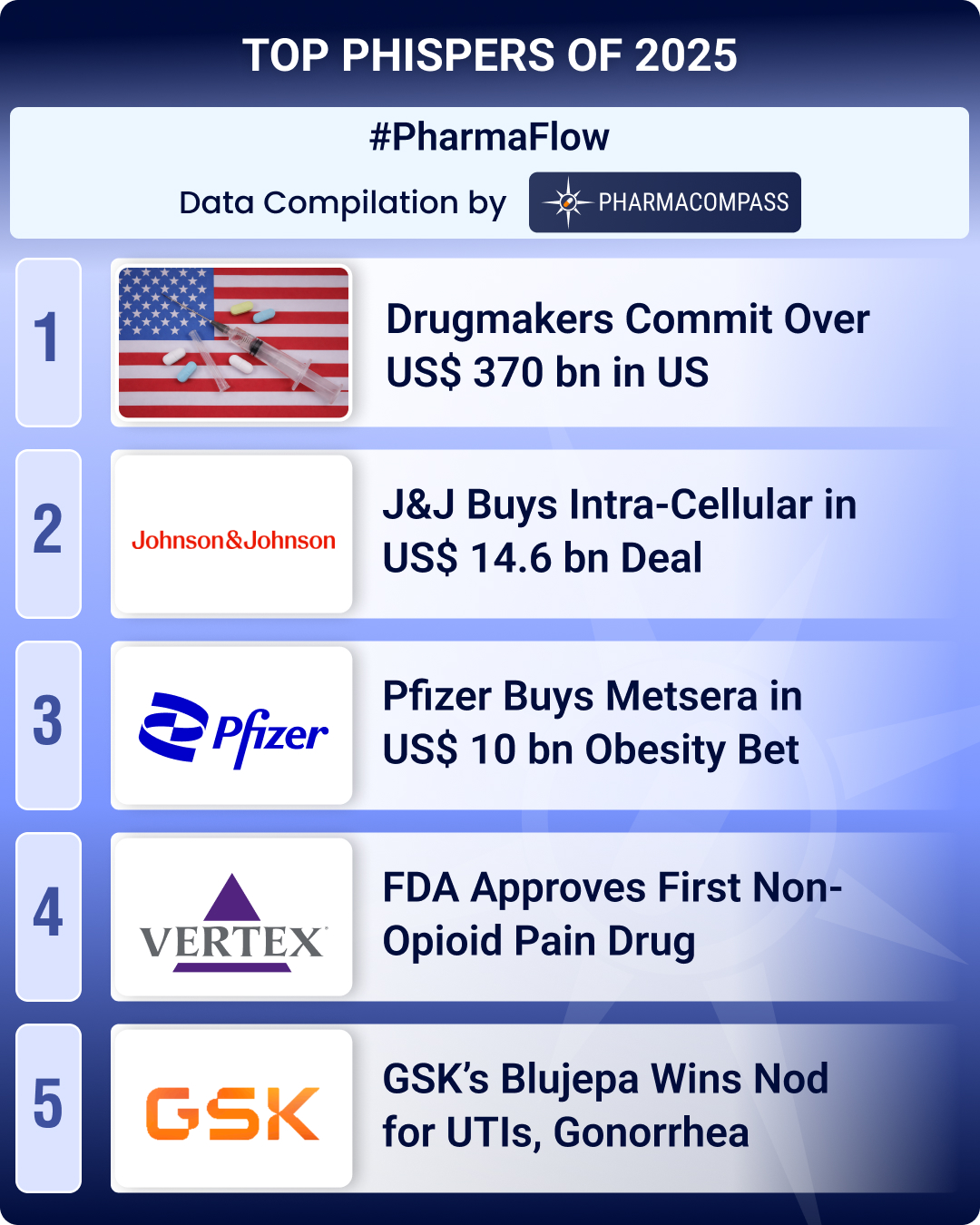Overview of formulation & taste masking techniques for bitter oral dosage forms offered by contract development & manufacturing organizations (CDMO)
Q1. What are the basic considerations to keep in mind for taste masking?
Taste masking is defined as a perceived reduction of an undesirable taste that would otherwise exist in oral pharmaceuticals. Taste masked oral formulation drug development is carried out for pediatric and geriatric patients, who have trouble swallowing tablets and prefer liquids, chewable tablets, & soft gelatin capsules over other dosage forms. Taste is a crucial factor that determines the palatability of oral dosage forms and patient compliance.
Taste also gives a unique identity to a drug product and thereby provides a competitive advantage to a company, especially in the case of over-the-counter medicines. There are various taste masking techniques for bitter drugs which make medicines more appealing to the end consumer. For example, capsule taste masking and capsule odor masking can be achieved by using tasteless soft gelatin capsule shells.
Appropriate taste masking techniques for bitter drugs are selected in regard to the basic taste masking considerations listed below. For instance, an extremely bitter drug that cannot be taste masked with sweetening or flavoring taste masking agents, uses intermediary pharmaceutical taste masking technologies like polymer coating and matrix entrapment to achieve the desired level of taste masking. Various pharmaceutical taste masking technologies are covered in detail in question 5.
The basic consideration to keep in mind for taste masking are:
1. The bitterness extent of active pharmaceutical ingredients (APIs)
2. Desired dosage strength
3. Drug particulate - Shapes & Sizes
4. Physicochemical properties: Solubility & Ionic Characteristics
5. Desired bioavailability
6. Desired drug release profile
7. Required dosage Form
Q2. What are the different taste masking agents used in the development of oral dosage forms?
Taste masking agents are excipients that mask the bitter and undesirable nature of unpalatable drug products and food supplements. There are a variety of taste masking agents used to achieve taste masking of oral pharmaceuticals.
Some of the most commonly used taste masking agents are enumerated below:
- Sweetening Agents: It can play a number of important roles in taste masking for solid oral dosage forms (Tablets, Orally Disintegrating Tablets, Chewable tablets, Capsules) and liquid dosage forms (Suspension, Syrup, Solution) to enhancing flavor, viscosity and to decrease the bitterness of a drug.
- Aspartame
- Acesulfame Potassium
- Sucralose
- Flavoring Agents: They are used in pharmaceutical formulation development to achieve taste masking for solid oral dosage forms (Capsules, Tablets) in order to make them more suitable and acceptable for ingestion.
- Menthol
- Peppermint
- Citric Acid
- Complexation taste masking agents
Complexing Agents: Complexation is a taste masking technique for bitter drugs and food supplements. Complexing agents mask the bitter taste and odor of medications (tablets, ODTs, suspensions) either by decreasing a drug's oral solubility or decreasing the availability of the drug to the end consumer’s taste buds.
- Beta Cyclodextrin
- Gamma Cyclodextrin
- Hydroxypropyl Beta Cyclodextrin
- Coating agents
Coating Agents: They are taste masking polymers that retard drug dissolution in one’s oral cavity thereby masking the unappealing taste and odor of medications (Tablets, Capsules, Suspensions).
- Shellac
- Acrylic Polymer
- Ethyl Cellulose
- Aminoalkyl Methacrylate Copolymers
- Matrix entrapment agents
Matrix entrapment agents: These agents trap drugs into bulky matrices and thereby retard their contact with taste buds. Matrices may contain polymeric, resinous, gelling, or lipoidal material. Few dosage forms such as soft gelatin capsules and hard capsules use gelatin shells to achieve capsule taste masking and capsule odor masking.
- Indion 294
- Gellan Gum
- Prodrug formation taste masking agents
Pro-drug formation agents: They are molecules that are initially inactive but, upon biotransformation, get converted to active forms. Prodrug formation leads to physicochemical modifications of bitter loci which retard a drug's interaction with taste receptors.
- Alkyl Esters
- Palmitate Esters
- Ibuprofen Basic Salts
Q3. What are the benefits of taste & odor masking in solid and liquid oral dosage forms?
While taste masking techniques are applied to mask and overcome bitter and undesirable tastes of active pharmaceutical ingredients (API) or drug products, odor masking techniques conceal unpleasant scents from consumers. Odor is one of the key parameters of drug development in the pharmaceutical industry as smell or, in some cases the lack of it, will often determine a product’s success in the market.
Various pharmaceutical taste masking CMOs and contract development and manufacturing organizations (CDMO) use odor-masking coatings to mask odors which are unpleasant and run the risk of reducing patient compliance. Nutraceutical coatings may be used as odor-masking coatings to reduce the detectable presence of certain characteristic odors. Both drug taste and odor masking strategies increase the desirability of drug products and make oral pharmaceuticals more suitable for administration.
Drug taste and odor masking strategies can be applied to both solid and liquid dosage forms, however, odor and taste masking agents will vary depending on the physical state of the oral pharmaceuticals (whether it is a solid or liquid oral dosage form). In capsule dosage forms, including soft gelatin capsules & hard capsules, capsule taste masking and capsule odor masking can be achieved simultaneously by encasing them in gelatin shells.
Moreover, drug taste and odor masking strategies for solid oral dosage forms (orally disintegrating tablets, effervescent tablets) and liquid oral dosage forms (suspension) to mask odors and tastes further impart the following benefits to patients:
1. Taste & odor masking strategies increase patient compliance by making taste and odor of medications suitable for consumption.
2. Taste & odor masking may improve the stability of some drugs.
3. Taste masking techniques may improve the efficacy & bioavailability of certain solid & liquid oral dosage forms.
4. Taste & odor masking technologies improve the organoleptic (related to sensory organs) properties of a drug product.
Q4. What are the various challenges involved in pharmaceutical taste masking?
Designing oral pharmaceuticals for specialized populations, especially pediatric and elderly patients, requires innovative approaches to enhance swallowability and palatability of drugs. Multiparticulate formulations have proven to be effective approaches in addressing these issues, while meeting target product profiles and guarding against dose dumping concerns.
Pharmaceutical taste masking CMOs and contract development and manufacturing organizations (CDMO) specialized in taste masking strategies may face the following listed below, however, new taste-masking technologies for bitter drugs and food supplements are being developed to overcome the challenges currently associated with taste-masking.
- Achieving taste masking without compromising the safety and efficacy of oral dosage forms.
- Ensuring that the taste & odor-masking coatings and encapsulations dissolve quickly and don't retard drug release when the oral dosage form passes into the gastrointestinal tract.
- Selecting a suitable formulation strategy and corresponding taste masking technologies.
- Finding a balance between dissolution & taste-masking.
- Carefully selecting excipients as some of them can impart highly undesirable tastes, malodors and cause trigeminal irritations.
- Understanding variations in the palettes of different age groups & designing formulations suited to their specific tastes.
- Formulating the taste masked active pharmaceutical ingredients & excipients into dosage forms with acceptable organoleptic properties suitable for oral drug delivery.
- Concealing not one, but multiple aversive attributes.
Q5. What are the different taste masking technologies used in the pharmaceutical Industry?
Taste masking is achieved with the help of taste-masking technologies, some taste-masking technologies widely used by pharmaceutical taste masking CMOs and contract development and manufacturing organizations (CDMO) are explored below:
Taste masking by adding flavors, sweeteners, amino acids, & other excipients: It’s the most common method of taste masking and involves adding a combination of sweeteners (sucralose, aspartame) and flavors (peppermint, citrus) to mask the unpleasant taste of low to moderately bitter actives. Some formulations may include a bitterness blocking agent that masks the bitter taste or the perception of bitter tastes on the tongue. Nowadays both natural and synthetic sweeteners and flavors are available for the efficiency of these methods.
Polymer coating technologies: The simplest taste masking technique is direct polymer coating of drug particles, with a composition that is insoluble in the mouth, to minimize interaction between the drug and one's taste buds. Hydrophobic or hydrophilic polymers, lipids, and sweeteners can be used as coating agents, alone or in combination to produce single or multi-layer coats.
Fluid bed coating technologies are increasingly being adopted by pharmaceutical taste masking CMOs and contract development and manufacturing organizations (CDMO) offering polymer coating services. Polymer coatings can also function as odor masking coatings by masking odors that are unpleasant. There are various polymers used as nutraceutical coatings including acrylics, ethyl cellulose, gelatin, hydroxyethyl cellulose, povidone, and shellac.
Microencapsulation taste masking technologies: In pharmaceutical drug development, the method of coating active pharmaceutical ingredients (API), either solid or liquid droplets, with a polymeric material is called microencapsulation. There are various types of nutraceutical coating agents such as beeswax, carnauba wax acrylics, ethylcellulose, gelatin, hydroxyethyl cellulose, povidone, and shellac. Microcaps are used in conjunction with Advatab compressed ODT (orally disintegrating tablet) technology to successfully implement encapsulation.
Inclusion complexation taste masking techniques: In the case of complexation, the goal is to preferentially bind the drug to a substrate that effectively reduces the concentration of free drug in the environment, preferably below the taste-detectable limit. Cyclodextrins have been extensively used for taste-masking bitter drugs by forming inclusion complexes with the drug molecule.
Prodrug formations: Chemical modification including pro-drug design is an effective method of reducing solubility of drug products, thus improving their taste. A pro-drug is a chemically inert drug precursor which on biotransformation liberates the pharmaceutical active parent compound.
Q6. What are taste evaluation tests and how are they performed?
Taste evaluation tests fall under the broad category of sensory evaluations. Sensory evaluation is defined as a scientific discipline used to invoke, measure, analyze, and interpret reactions to characteristics of foods and materials as they are perceived by the five senses. Sensory evaluation tests may be used in drug development, research, quality control, and shelf-life studies. Taste evaluation tests used to test oral pharmaceuticals (solid & liquid dosage forms) are:
Panel Testing: In human panel testing, large groups of healthy volunteers are asked to take bitter drugs and then the taste masked formulations. They are then asked to comparatively rate the formulation on various organoleptic properties.
Multichannel Taste Sensor/ Magic Tongue: It’s an automated taste sensing device used to detect the magnitude of bitterness of a drug. Different response electric potential patterns obtained from the sensors depict different taste qualities.
Measurement of Frog Taste Nerve Responses: In adult bullfrogs the glossopharyngeal nerve is located and dissected from the surrounding tissue and cut proximally. After which an ac-amplifier and an electronic integrator is used to amplify and integrate the frog's nerve impulses. The peak height of the integrated response is taken to assess the extent of taste masking.
Spectrophotometric Method: In the spectrophotometric method a known quantity of a formulation is mixed with 10 ml of distilled water in a 10 ml syringe by revolving the syringe end to end 5 times for 30 seconds. It is then filtered and undergoes spectrophotometric determination to get the concentration of the drug. If the concentration is below the threshold level, then taste masking is complete.
All Suppliers






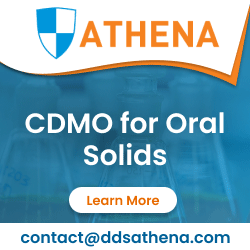
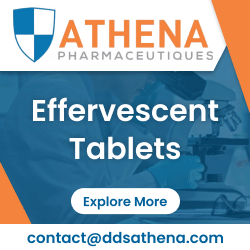

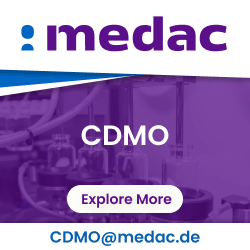

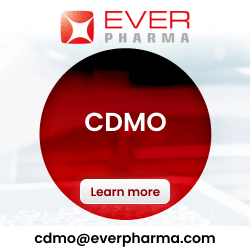




 Athena Pharmaceutiques is a Partner of Choice for Drug Delivery & Life Cycle Management.
Athena Pharmaceutiques is a Partner of Choice for Drug Delivery & Life Cycle Management.







